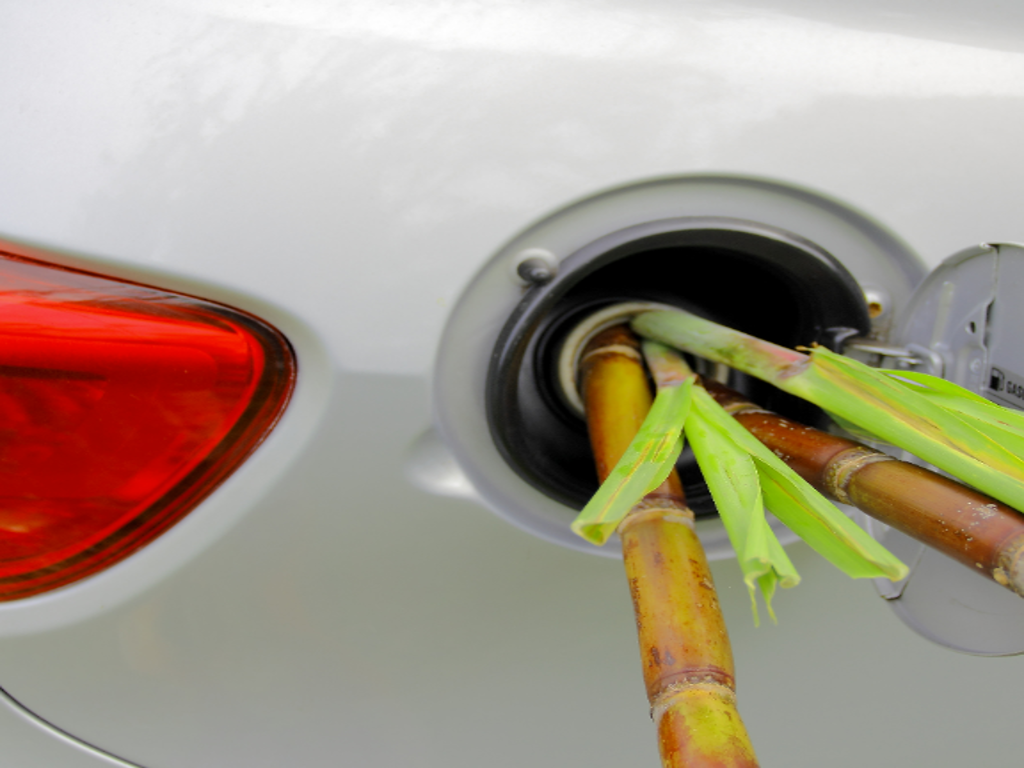In the expansive fields of Kenya's sugarcane industry, a silent energy revolution is underway. Beyond its traditional role as a source of sweetness, sugarcane is emerging as a potent contributor to the country's energy matrix. This blog post delves into the untapped potential of sugarcane as an energy source and invites savvy investors to explore the sustainable energy frontier within the Kenyan sugar industry.
Sugarcane, with its high sucrose content, isn't just a crop; it's a renewable energy powerhouse. The transformation begins with ethanol production, where the sugarcane's sucrose-rich juice undergoes fermentation and distillation to produce a biofuel alternative. This ethanol, derived from a natural and renewable source, serves as a cleaner substitute for conventional fossil fuels. For investors, venturing into ethanol production within the Kenyan sugar industry isn't merely a financial opportunity; it's a strategic move towards reducing greenhouse gas emissions and fostering a more sustainable energy future.
But the sugarcane story doesn't end with ethanol; it extends to electricity generation. The fibrous residue left after juice extraction, known as bagasse, becomes a valuable resource. Through cogeneration facilities, this bagasse can be burned to generate electricity. Investors entering the realm of sugarcane-based electricity production contribute not only to the national power grid but also position themselves at the forefront of the renewable energy movement.
So, why should investors cast their gaze towards sugarcane energy in Kenya? The answer lies in the abundant resource available. Kenya's fertile lands provide an optimal environment for sugarcane cultivation, ensuring a reliable and renewable supply for energy production. Moreover, the Kenyan government's support through favorable policies and incentives creates an environment conducive to exploration and expansion in this sector.
Investing in sugarcane energy isn't just a financial endeavor; it's a strategic move towards enhancing national energy security. By diversifying the energy mix, investors play a pivotal role in ensuring a stable and resilient energy supply for the country, contributing to its overall development.
However, like any venture, investing in sugarcane energy comes with its set of challenges. Global market fluctuations in sugar and energy markets can pose uncertainties. To navigate these challenges, investors should adopt strategies that provide flexibility in response to market dynamics. Additionally, upgrading technology for efficient energy production and ensuring robust infrastructure are crucial considerations. Collaboration with technology providers and strategic partnerships becomes instrumental in mitigating these challenges. Staying abreast of regulatory changes is also vital, making engagement with industry associations and government bodies imperative to influence favorable policy outcomes.
In essence, investing in sugarcane as an energy source within the Kenyan sugar industry isn't merely a financial pursuit. It's a commitment to shaping a sustainable and environmentally conscious future. As investors embark on this journey, they contribute not only to Kenya's energy resilience but also to a global movement towards a greener tomorrow.
The road ahead may pose challenges, but with innovation, strategic planning, and a commitment to sustainability, investors have the opportunity to carve out a niche in this burgeoning sector. Sugarcane, often associated with sweetness, holds the promise of a sweeter and more sustainable energy future for Kenya.

